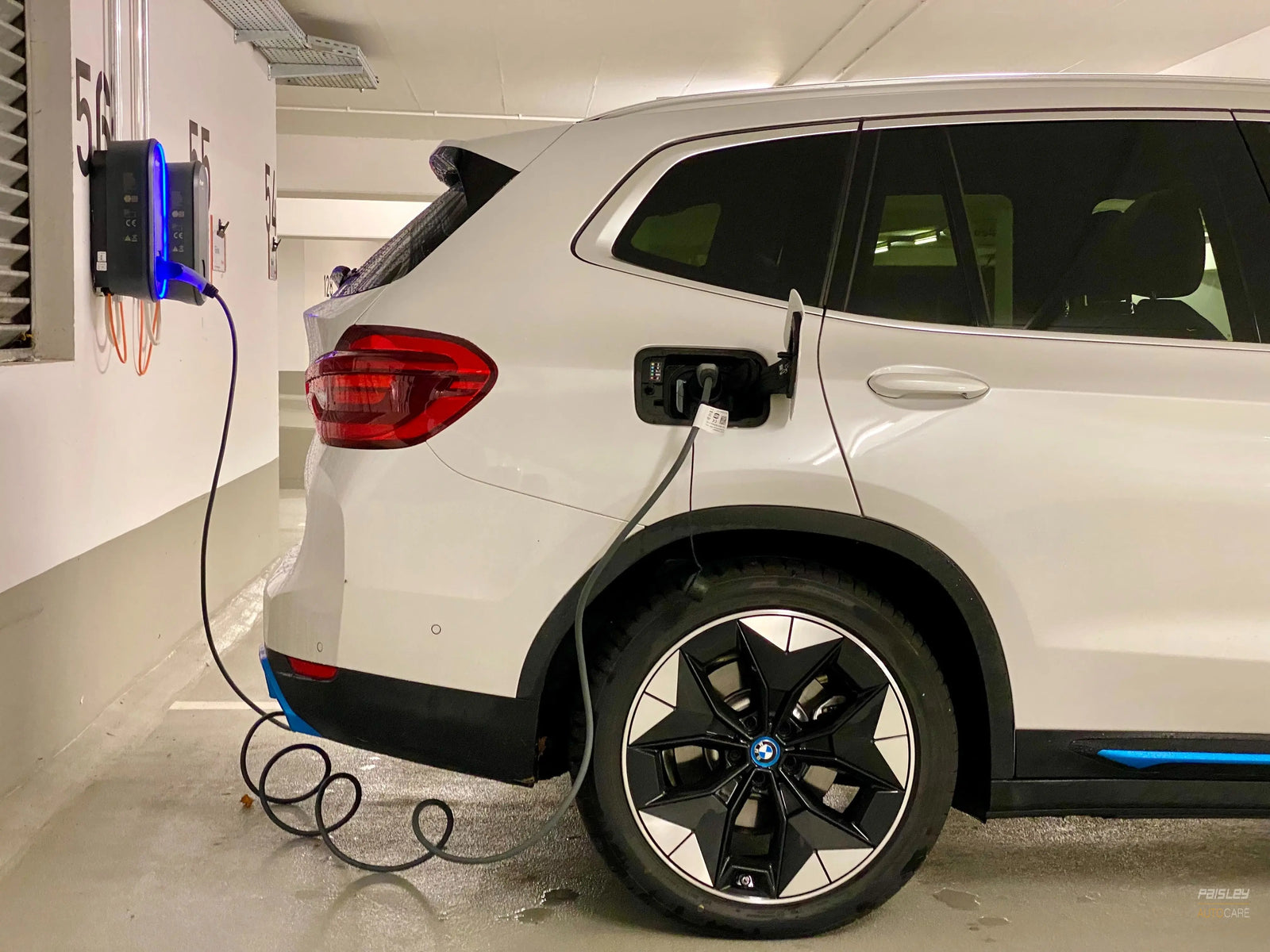EV Ownership
The electric vehicle (EV) revolution is in full swing, with many consumers making the switch from traditional internal combustion engine (ICE) vehicles to cleaner, greener alternatives. However, a recent report has shed light on some unexpected challenges that EV owners face, particularly when it comes to repairs.
The Rising Tide of Repair Costs
While EVs are often touted for their reduced maintenance needs due to fewer moving parts, this doesn't necessarily translate to cheaper repair bills. In fact, when things go awry, EVs can be more intricate and challenging to fix than their gasoline-powered counterparts. This complexity arises from the advanced technology and systems that power these vehicles.
The Dilemma for Independent Garages
A significant hurdle in the EV repair landscape is the reluctance of third-party garages to service these vehicles. The primary reason? The substantial investment required to equip their facilities with the tools and technology needed to work on modern EVs, especially those with 400- and 800-volt systems.
For instance, in countries like Italy, where EV adoption rates are still relatively low and charging infrastructure is lacking, garage owners face a conundrum. Investing heavily in EV-specific equipment might not seem justifiable, especially when the return on investment is uncertain. To put this into perspective, for some shop owners, the cost of equipping their garages to service EVs can run upwards of €30,000 ($32,600).
The Electrician Deficit
Another pressing issue is the global shortage of automotive electricians. According to Reuters, the U.S. alone will need an additional 80,000 electricians by 2031, a figure that encompasses EV technicians. Australia faces a similar challenge.
This scarcity of skilled labor, combined with the limited number of independent garages equipped to handle EV repairs, gives franchise workshops an upper hand. The result? Higher repair costs and longer waiting times for EV owners. This situation also has a ripple effect on insurance premiums, pushing them upwards.
The Impact on Insurance and Warranty
The increased repair costs for EVs are also reflected in insurance and warranty prices. For example, Warrantywise, a UK-based used car warranty provider, informed Reuters about the higher costs associated with a one-year warranty on popular EV models like the Tesla Model 3.
For potential EV buyers, these elevated insurance and warranty costs can be a deterrent. Moreover, the potential scarcity of technicians skilled in repairing EV charge points can lead to longer wait times and increased frustration for current EV owners.
A Glimmer of Hope
Despite these challenges, there's a silver lining. Companies worldwide are recognizing the need for skilled EV technicians and are investing heavily in training programs. As the demand for EVs continues to grow, it's anticipated that the industry will adapt to meet these needs.
However, in the short to medium term, industry experts concur: EV repair costs are likely to rise, and waiting times for repairs may extend.
In conclusion, while EVs offer numerous benefits, it's essential for potential buyers to be aware of the hidden costs associated with repairs and maintenance. As the industry evolves, one can only hope that these challenges will be addressed, making EV ownership more seamless and cost-effective.




